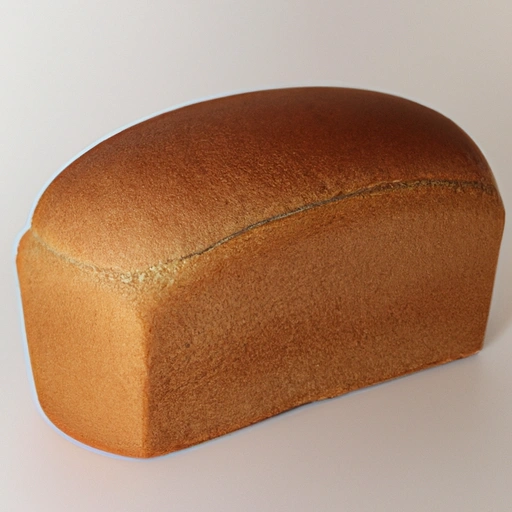Bread
Description

Bread is a staple food prepared from a dough of flour and water, usually by baking. Throughout recorded history, it has been popular around the world and is one of the oldest artificial foods, having been of importance since the dawn of agriculture. There are many different types of bread, which can vary widely in terms of taste, texture, and nutritional content. Bread can be served at any meal of the day, eaten as a snack, or used as an ingredient in other culinary preparations.
Common uses
Bread is commonly used as a staple in many diets around the world. It is often consumed as part of breakfast, lunch, or dinner, whether as toast, sandwiches, or as an accompaniment to soups and salads. Bread is also used as a thickening agent in some culinary applications and can be transformed into breadcrumbs for coating or binding.
Nutritional value
Calories
One slice of white bread typically contains about 66 calories (275 kilojoules).
Protein
White bread usually contains about 2 grams of protein per slice.
Fat
There is generally less than 1 gram of fat per slice of white bread.
Carbohydrates
A slice of white bread contains about 13 grams of carbohydrates.
Vitamins
White bread is often fortified with vitamins like thiamin, riboflavin, niacin, and folate.
Minerals
It can also contain minerals such as calcium and iron, especially if fortified.
Health benefits
Whole grain and whole wheat bread can be a good source of dietary fiber, which is beneficial for digestive health. The presence of vitamins and minerals in fortified breads can contribute to overall nutritional intake.
Potential risks
Excessive consumption of white bread and other refined-grain products can lead to weight gain and may increase the risk of heart disease and type 2 diabetes. Some individuals may also be intolerant to gluten, a protein found in wheat and other grains used to make bread.
Common recipes
Bread is used in a variety of recipes, from simple sandwiches to elaborate stuffings and casseroles. It can be used to make French toast, bread pudding, croutons for salads, and as a base for canapés.
Cooking methods
Bread can be baked, toasted, steamed, fried, or even eaten fresh and soft, depending on the culinary tradition and the recipe being prepared.
Pairing with other ingredients
Bread pairs well with almost anything, from spreads like butter and jam to meats, cheeses, and vegetables. It also complements soups and stews by providing a vehicle to soak up broths and sauces.
Summary
Bread is a versatile and widely consumed food that comes in many varieties and forms. It can be enriched with additional nutrients and can be included in a balanced diet. However, moderation is key, and choosing whole grain options can provide more health benefits than refined grain breads. Bread's long history and ubiquitous presence in cuisines around the world speak to its importance as a fundamental food ingredient.